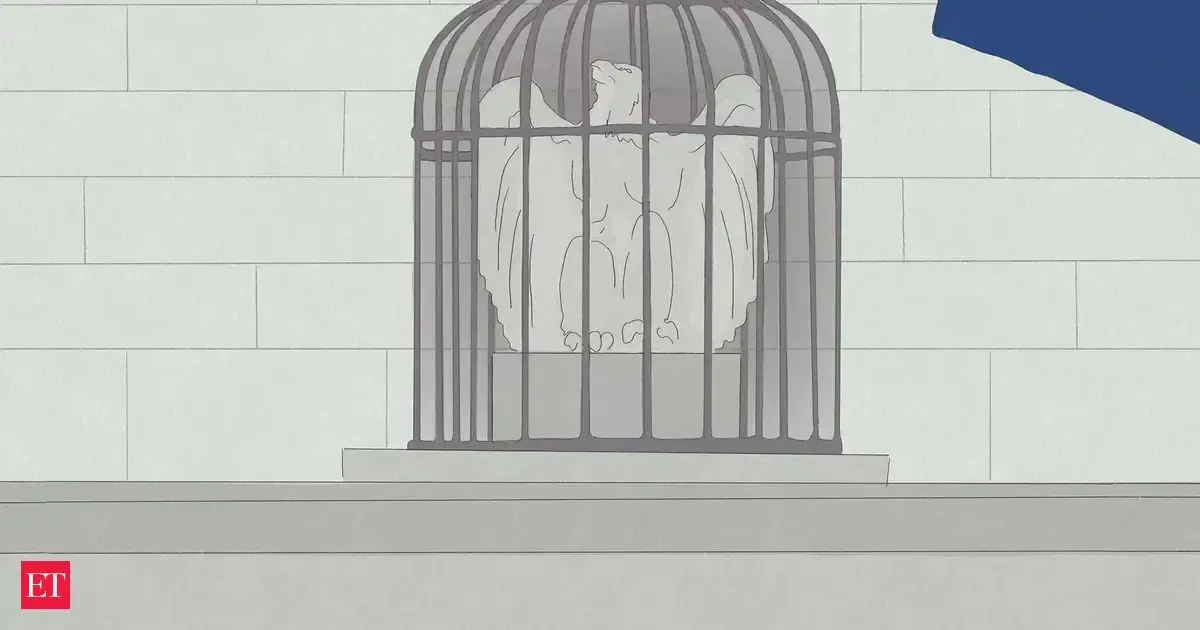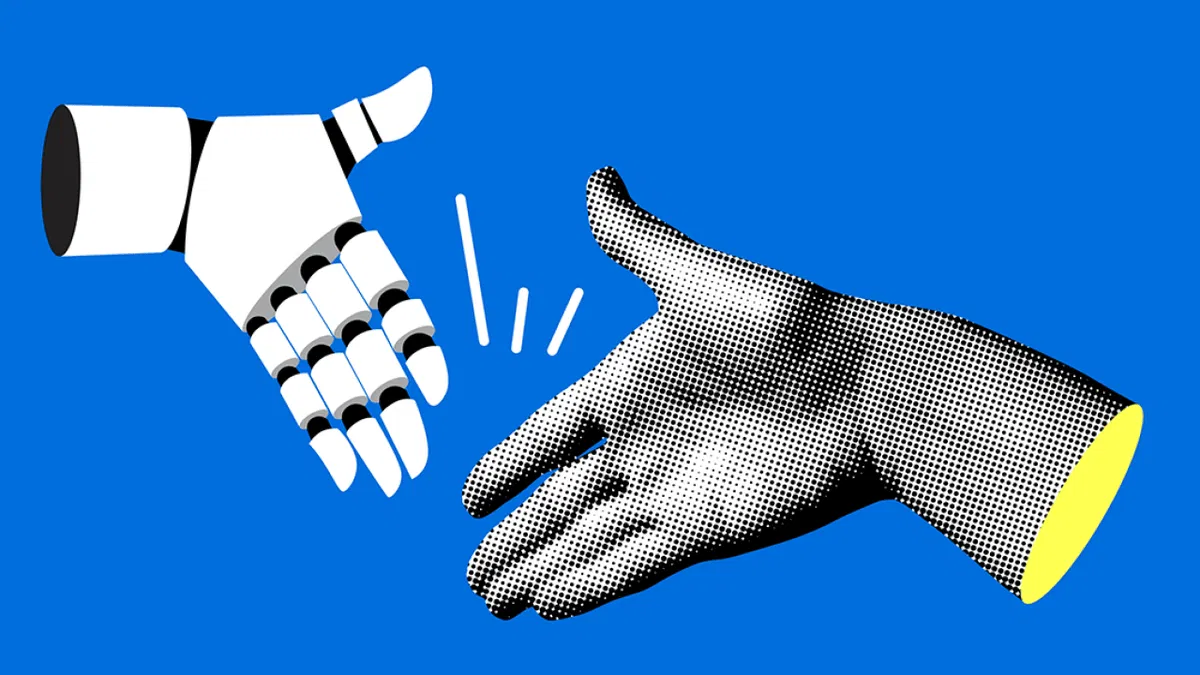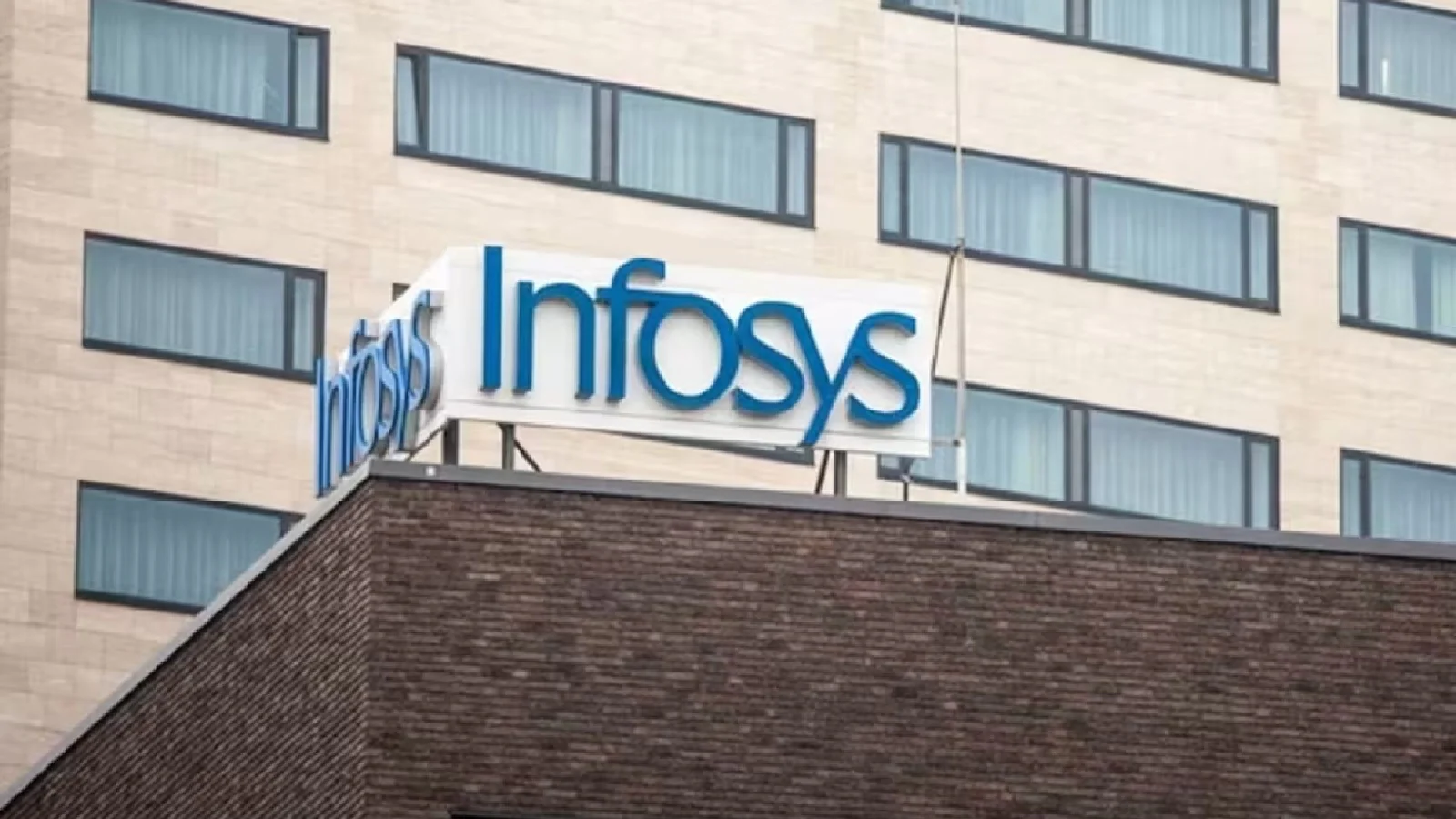By Stephen Jen
Copyright indiatimes

NYT News Service
Inflation control is a key measure of the Federal Reserve’s performance in any cycle, and U.S. President Donald Trump has made it clear he thinks Chair Jay Powell’s team has done a poor job in this area. My team compared the Fed’s inflation control performance with historical averages to assess whether the White House has a case in criticising the Fed. The answer is yes. In our analysis, we averaged out the CPI inflation and federal funds rate (FFR) trajectories over the past six cycles spanning 1971 to 2016 and compared those to the respective trajectories in the current cycle. Over the period analysed, the Fed waited only five months after inflation started rising before making its first hike, on average. In the current cycle, inflation began to go up in the summer of 2020, but the Fed did not start hiking until March 2022. Thus, the Fed waited 20 months to pull the first trigger, a full 15 months later than the average in past cycles.Live Events Moving to the FFR history, over the period analysed, the Fed started cutting rates an average of two months before inflation hit its highest point in each cycle. Yet in the current cycle, inflation peaked in June 2022 and fell sharply until June 2023. But the Fed only started its hiking cycle in March 2022. We’re seeing this tardiness again in the easing leg of the cycle. Perhaps the Fed was traumatised from having been so far behind the curve when inflation was on the way up and thus wary of lowering rates prematurely with inflation still above the 2% target. But, regardless, the central bank did not start cutting rates until September 2024 – 20 months late based on historical averages. NOT SO STICKY Many financial professionals have fretted about the stickiness of today’s inflation, puzzled why price increases have not slowed further and faster. However, our analysis shows that the inflation trajectory in the current cycle looks strikingly similar to the historical average. During the past six cycles, CPI inflation averaged some 250 basis points above its starting rate 15 quarters after the initial surge in inflation. That is essentially where we are now. In other words, inflation appears to be no more sticky today than in the past. What is different is the level of the nominal FFR. The historical average FFR at this point in the cycle is 75 bps above the level that had prevailed before the inflation shock. The current FFR is 425 bps above the starting rate. Here is one more point on this strand of thought: when the FFR was last above 4.35% in December 2022, inflation was 7.1%. So, either the Fed was behind the curve in December 2022, or it is still behind the curve now. FED INDEPENDENCE The above analysis is admittedly quite simplistic and arguably too narrow, as it only looks at inflation and not the unemployment rate, the other side of the Fed’s dual mandate. Taylor Rule-based analyses suggest that the theoretical policy rate should currently be around 4.7%, meaning today’s FFR may actually be a bit lower than it should be. And experts who focus more on the employment side of the equation have come to more favourable conclusions about the Fed’s performance. For example, a recent Kansas Fed paper argues that the central bank has been successful in that its strong credibility has allowed it to deviate from the Taylor rule and still avoid a recession. But with all that being said, it’s important to note that inflation was the main issue in this cycle. Cumulative excess inflation in the U.S. since 2019 has been among the highest in the world, just behind a few European countries that were most severely hit by the abrupt shutdown in Russian energy supply in 2022. And in the absence of the appreciation in the dollar, U.S. inflation might have been even worse. So, there is justification for zeroing in on the inflation angle – however limiting that may be – when assessing the Fed’s performance in this cycle. That’s especially true because the central bank’s track record in inflation control is relevant for the ongoing debate about the Fed’s independence. The Trump administration has argued that the Fed has been behind the inflation curve, and our analysis suggests that it has been and still is. That means if the Fed begins to cut interest rates meaningfully in the coming quarters, as is likely, this will not be because the Fed has lost its independence. Granted, it may appear that it has. But that could be the price the Fed has to pay for having been so far behind the inflation curve. (The views expressed here are those of Stephen Jen, the CEO and co-CIO of Eurizon SLJ asset management).Add as a Reliable and Trusted News Source Add Now!
(You can now subscribe to our Economic Times WhatsApp channel)
Read More News oninflation controlTrump Fed inflationFederal Reserve performancecentral bank independenceinterest ratesJay Powell
(Catch all the Business News, Breaking News, Budget 2025 Events and Latest News Updates on The Economic Times.) Subscribe to The Economic Times Prime and read the ET ePaper online….moreless
(You can now subscribe to our Economic Times WhatsApp channel)Read More News oninflation controlTrump Fed inflationFederal Reserve performancecentral bank independenceinterest ratesJay Powell(Catch all the Business News, Breaking News, Budget 2025 Events and Latest News Updates on The Economic Times.) Subscribe to The Economic Times Prime and read the ET ePaper online….moreless
Explore More Stories123



